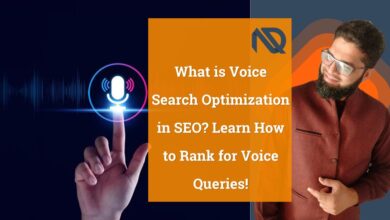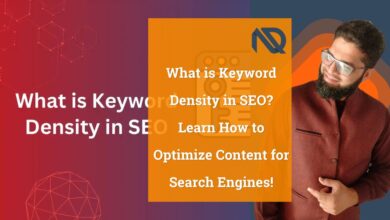What is Heading Tags Optimization?
Heading Tags Optimization is the process of effectively using HTML heading tags (<h1> to <h6>) to structure web content for clarity, accessibility, and SEO performance. It focuses on crafting a logical framework of headings to improve readability, user engagement, and search engine rankings while adhering to technical standards and best practices.
Proper hierarchical use of heading tags ensures that <h1> represents the main title, followed by appropriately nested subsections with <h2> to <h6>. Each heading contributes to the logical flow of content, avoiding skipped levels, and accurately reflecting the content relevance of the sections they introduce. Concise lengths and scannability are also key, making headings easier for readers to skim and understand.
From an SEO perspective, including keywords naturally, maintaining unique titles, and ensuring semantic relevance of headings significantly boost search engine visibility. Optimized headings also influence meta descriptions and enhance click-through rates by presenting engaging, descriptive text.
Technically, headings must be implemented with accurate HTML markup, ensure responsive design for all devices, and enhance accessibility for screen readers. Additional elements like schema integration and lazy loading improve search engine recognition and user experience.
Headings also drive engagement by being clear, compelling, and action-oriented, while maintaining tone consistency with the overall content. They establish a robust information hierarchy, helping users and search engines navigate the page effectively.
When optimized, headings provide numerous benefits: they enhance SEO rankings, user experience, and crawling efficiency while reducing bounce rates and reinforcing brand identity. However, challenges such as over-optimization, accessibility neglect, and inconsistent levels must be addressed to avoid performance issues.
Tools like SEO plugins, browser dev tools, and site auditors facilitate optimization by analyzing headings and suggesting improvements. Following best practices—using a single <h1> per page, crafting descriptive text, and maintaining consistent heading styles—ensures success.
In summary, Heading Tags Optimization is an essential aspect of web design and SEO that makes content accessible, engaging, and effective for both users and search engines. It’s a critical practice for improving rankings, enhancing user interaction, and establishing a strong digital presence.
A Detailed Overview!
Want SEO Consultancy for your project?
If you feel that you are lost in somewhere middle, I am here to help you with this.



